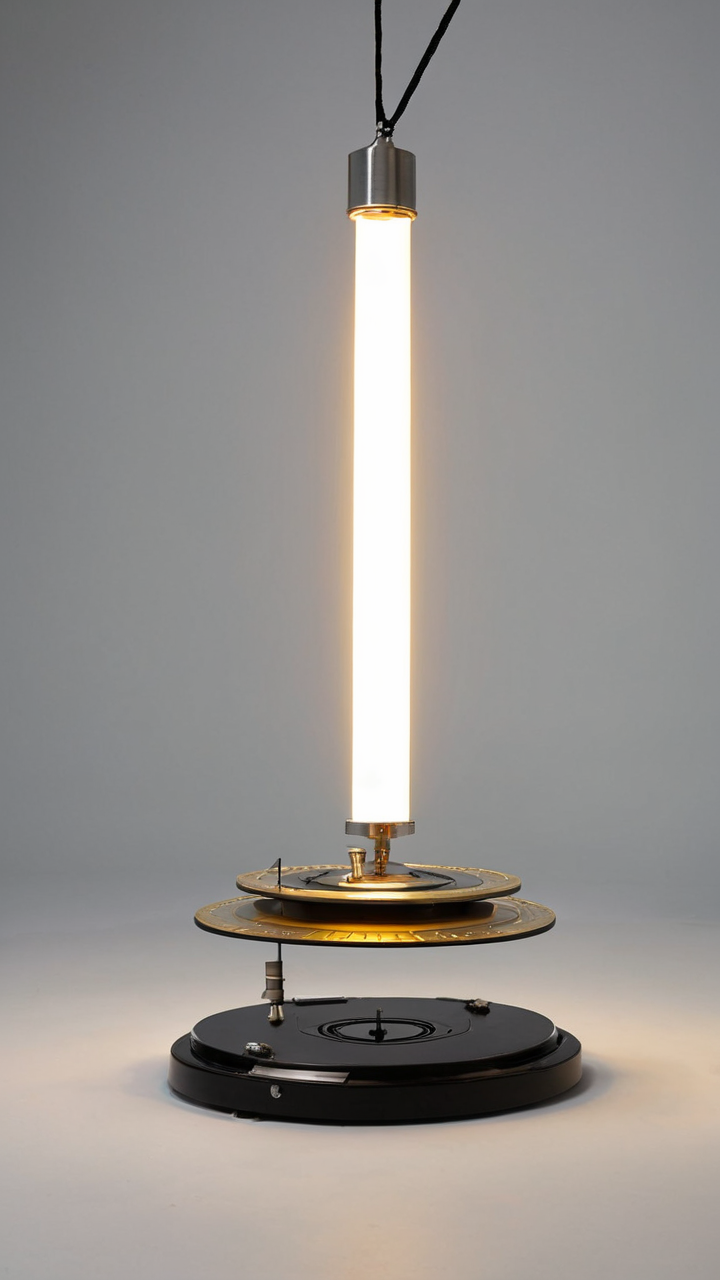
The quest for antigravity propulsion has captivated humanity for decades. From science fiction novels to cutting-edge research, the dream of defying gravity remains a powerful motivator.
While warp drives and wormholes remain firmly in the realm of theoretical physics, a more grounded possibility lies in a fascinating quantum phenomenon known as the Casimir effect.
Understanding the Casimir Effect
The Casimir effect, a prediction of quantum electrodynamics, demonstrates a surprising consequence of quantum fluctuations in a vacuum.
Even in seemingly empty space, virtual particles constantly pop in and out of existence.
When two uncharged, perfectly conducting plates are placed extremely close together (micrometers apart), they restrict the types of virtual particles that can exist between them.
This imbalance creates a net attractive force, pushing the plates together.
While this negative pressure is incredibly weak at macroscopic scales, the implications are profound.
If we could somehow amplify this effect, or find a way to manipulate the properties of the vacuum itself, could we generate enough negative pressure to counteract gravity?
From Negative Pressure to Antigravity: The Challenges
The leap from the minuscule Casimir effect to practical antigravity is a monumental one.
One major challenge lies in the incredibly small distances required. Maintaining the necessary separation between plates with enough precision on a large scale is a significant technological barrier.
• the materials required for perfect conductors at relevant scales are yet to be developed. Current experiments typically use highly conductive metals, but these are far from ideal conductors at the quantum level.
Moreover, the Casimir effect currently only produces an attractive force.
Current Research and Future Possibilities
Despite these challenges, research into the Casimir effect and its potential applications continues.
Scientists are exploring novel materials and geometries to enhance the effect and potentially create a repulsive force. The use of metamaterials, engineered materials with properties not found in nature, is a promising avenue of investigation.
These materials could allow for more precise control over the electromagnetic field and potentially amplify the Casimir effect significantly.
Furthermore, advancements in nanotechnology are paving the way for creating and manipulating structures at the necessary nanoscale precision.
Imagine micro-engineered devices capable of generating localized regions of negative pressure with enough magnitude to affect macroscopic objects.
It’s important to temper expectations.
Antigravity propulsion based on the Casimir effect is not imminent. However, the fundamental principles involved are sound, and continued research could lead to unexpected breakthroughs.
Conclusion: A Long Shot, But Worth Pursuing
While practical antigravity propulsion based on the Casimir effect remains a long-term goal, the potential is undeniably exciting.
The ongoing research into this fascinating quantum phenomenon could unlock not just innovative space travel but also a deeper understanding of the universe’s fundamental forces.
It’s a testament to human ingenuity that we are even considering manipulating the very fabric of spacetime to achieve such ambitious goals.
Have you experienced something similar? Tell us about it!



